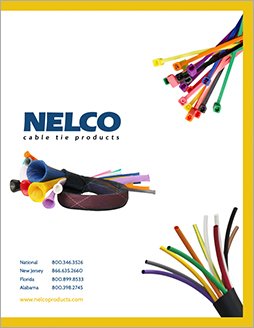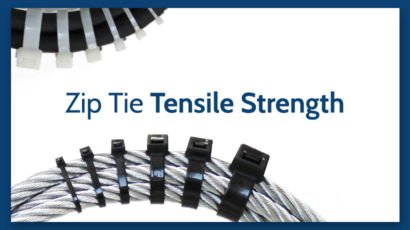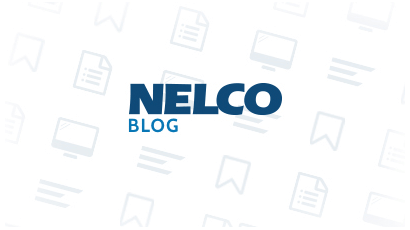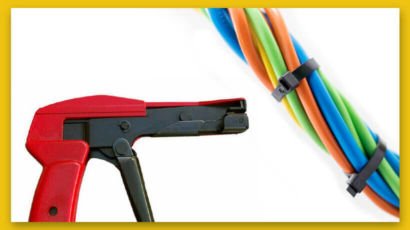Ensuring Safety and Security: Exploring the Importance of Security Seals
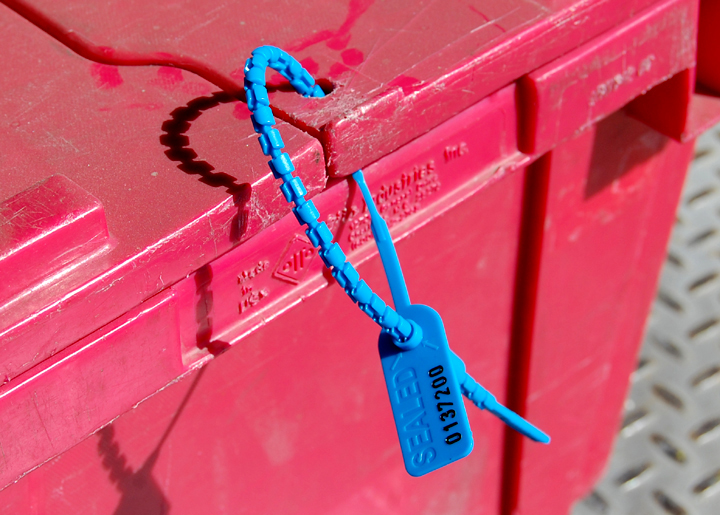
In a world where safeguarding assets, goods, and information is of utmost importance, security seals emerge as silent sentinels, providing a tangible barrier against tampering, theft, and unauthorized access. From shipping containers to metering devices, security seals play a pivotal role in ensuring the integrity and safety of valuable assets across various industries. In this blog post, we delve into the world of security seals, exploring their significance, types, and applications in today’s security-conscious landscape.
Understanding Security Seals
Security seals, also known as tamper-evident seals or tamper-proof seals, are devices used to secure or seal items, containers, or areas to prevent unauthorized access, tampering, or theft. These seals are designed to reveal evidence of tampering or unauthorized entry, thus serving as a deterrent against malicious activities and providing assurance of integrity.
The Importance of Security Seals
Protection Against Tampering: Security seals act as a visible deterrent against tampering and unauthorized access. By sealing containers, doors, or packages with security seals, organizations can detect any signs of tampering or attempted breaches, allowing them to take appropriate action swiftly.
Ensuring Chain of Custody: In industries such as logistics, transportation, and healthcare, maintaining the chain of custody is crucial for ensuring the integrity and security of goods, specimens, and sensitive information. Security seals help establish and maintain a clear chain of custody by providing evidence of tampering or unauthorized access along the supply chain.
Preventing Counterfeiting: Security seals are often used to authenticate products and prevent counterfeiting in industries such as pharmaceuticals, electronics, and luxury goods. Tamper-evident features, such as unique serial numbers, holographic images, or custom branding, make it difficult for counterfeiters to replicate or tamper with genuine products.
Compliance and Regulatory Requirements: Many industries are subject to strict regulations and standards governing security, safety, and confidentiality. Security seals help organizations comply with regulatory requirements by providing a verifiable means of securing sensitive assets and maintaining audit trails.
Types of Security Seals
Cable Seals: Cable seals consist of a metal cable and a locking mechanism enclosed in a tamper-evident housing. They are commonly used to secure shipping containers, truck trailers, and cargo doors, providing high-security protection against tampering and theft.
Bolt Seals: Bolt seals feature a metal bolt and a locking mechanism designed to prevent tampering and unauthorized access. They are widely used in transportation, logistics, and customs to secure shipping containers, railcars, and truck trailers.
Plastic Seals: Plastic seals are lightweight, disposable seals made from high-strength plastic materials. They are commonly used in industries such as retail, healthcare, and hospitality to secure tote boxes, bags, meters, and equipment.
Tamper-Evident Labels: Tamper-evident labels are adhesive labels with special features, such as frangible patterns or void-indicating adhesives, that reveal evidence of tampering when removed or altered. They are used to seal packages, envelopes, and containers, providing visual evidence of tampering or unauthorized entry.
Conclusion
In an increasingly interconnected and security-conscious world, security seals play a vital role in safeguarding assets, ensuring compliance, and maintaining trust and confidence among stakeholders. Whether it’s securing shipping containers on a global supply chain or protecting sensitive information in a healthcare facility, security seals provide a tangible barrier against tampering, theft, and unauthorized access. By investing in robust security seal solutions and integrating them into their operations, organizations can enhance security, mitigate risks, and uphold the integrity of their assets and operations.
